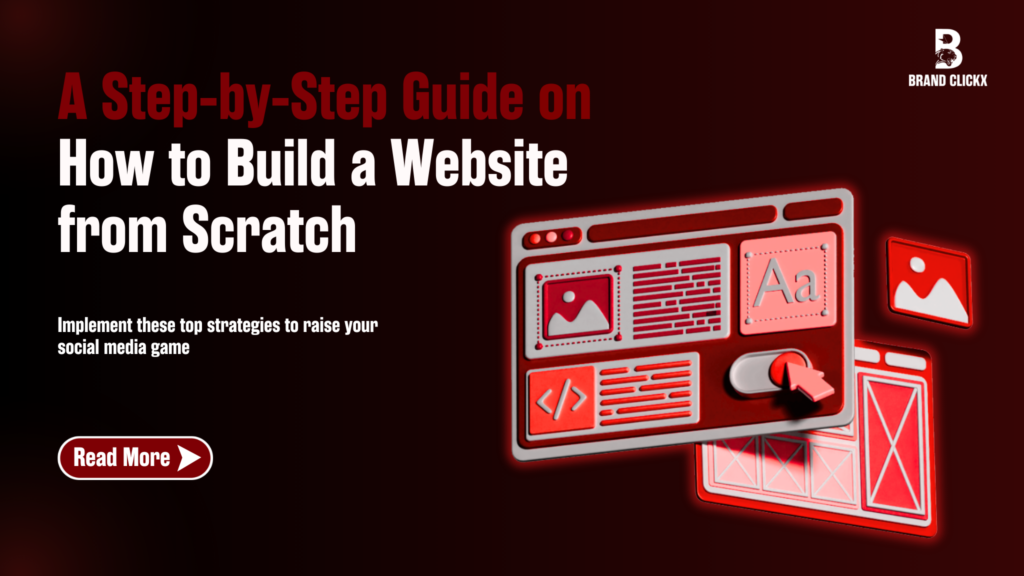So, you’re interested in learning web development, huh? That’s awesome! In today’s tech-savvy world, knowing how to learn web development can really open up a ton of opportunities for you. Whether you want to switch careers, start a fun side project, or just pick up a new skill, diving into web development can be both exciting and rewarding.
But don’t forget, it can also feel a bit overwhelming at first. Don’t worry; I’m here to guide you through it step by step!
Let’s Get Familiar with the Basics
Before we jump into the nitty-gritty of web development, let’s take a moment to understand what it actually involves. At its core, web development is all about creating websites and applications that live on the internet. It usually breaks down into three main areas:
- Frontend Development: This is everything users see and interact with on their browsers. Think of it as the face of your website. You’ll be working with languages like HTML, CSS, and JavaScript here.
- Backend Development: This is the behind-the-scenes stuff that users don’t see. It involves server management and databases, using languages like Python, Ruby, or PHP.
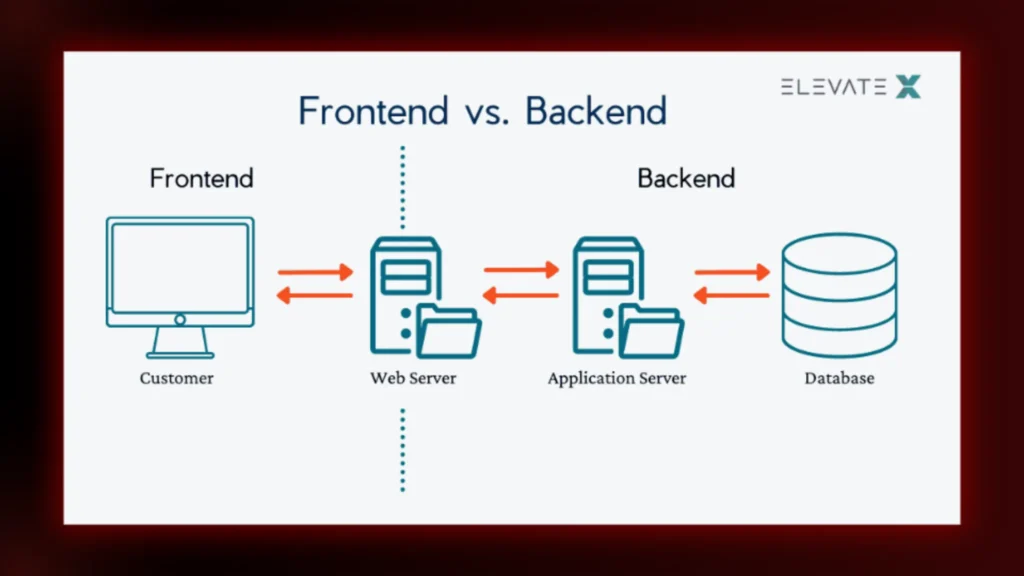
- Full-Stack Development: If you want to do it all, full-stack development combines both frontend and backend skills.
Step 1: Start with HTML, CSS, and JavaScript
Alright, let’s get our hands dirty! To kick things off in web development, you’ll want to start with the foundational languages:
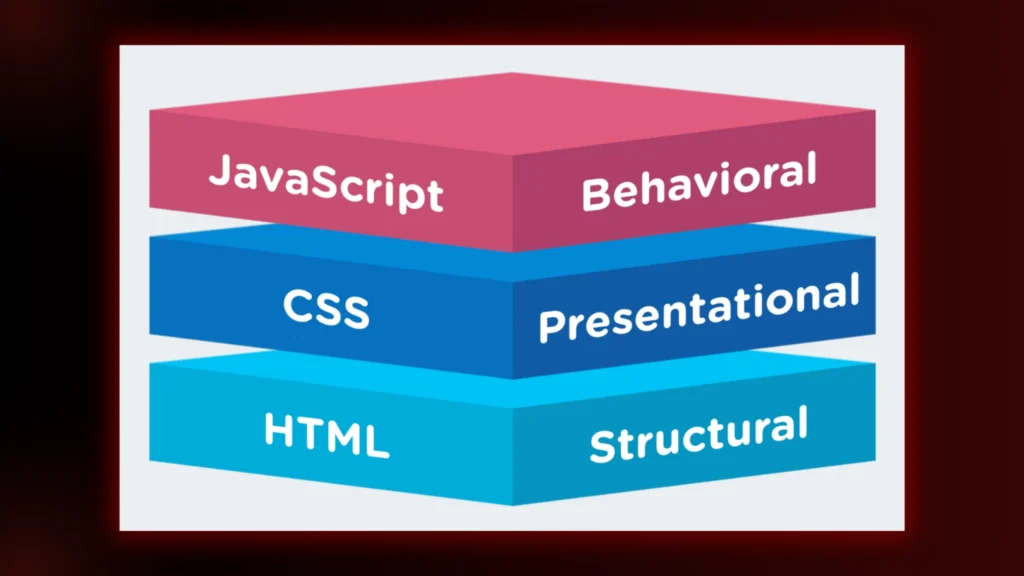
- HTML (HyperText Markup Language): This is the backbone of any website. It structures the content you see on the web.
- CSS (Cascading Style Sheets): CSS is what makes your website look pretty. It controls colors, layouts, fonts—you name it!
- JavaScript: This is where the magic happens! JavaScript adds interactivity to your site. It allows you to create dynamic elements like forms and animations.
You can find tons of great resources online to learn these languages. For example, [FreeCodeCamp](https://www.freecodecamp.org) has interactive coding challenges that are super helpful for getting hands-on experience.
Step 2: Get Familiar with Git
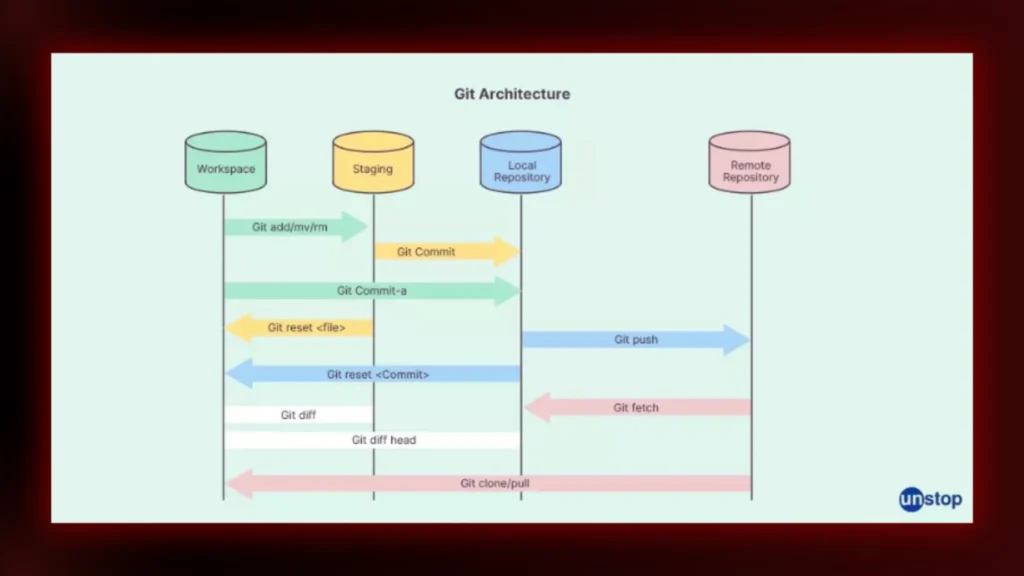
As you start building projects (which we’ll talk about soon), it’s important to learn about version control. Git is a fantastic tool that helps you track changes in your code. It’s especially useful when collaborating with others because it prevents everyone from stepping on each other’s toes! You can use platforms like GitHub or GitLab to host your repositories and work together with fellow developers.
Know about the Use of AI in web development
Step 3: Build Your Own Projects
Now comes the fun part, building projects! Once you’ve got a handle on HTML, CSS, and JavaScript, it’s time to put those skills into practice. Here are some project ideas to get your creative juices flowing:
- Create a personal portfolio website to showcase your work.
- Build a simple blog platform where you can share your thoughts.
- Develop a small e-commerce site (who doesn’t love shopping?).
These projects will not only help reinforce what you’ve learned but also serve as great additions to your portfolio when you’re ready to start job hunting!
Step 4: Dive into Responsive Design
In today’s mobile-first world, understanding responsive design is key. This means making sure your website looks great on all devices—desktops, tablets, and smartphones alike. Check out CSS frameworks like Bootstrap or Tailwind CSS; they make this process easier by providing pre-built components that are already mobile-friendly.
Know how to create interactive websites for better user engagement
Step 5: Explore Backend Development
Once you’re feeling confident with frontend technologies, let’s dip our toes into backend development! Here are some important areas you should explore:
- Databases: Learn about SQL (Structured Query Language) for relational databases or try out NoSQL databases like MongoDB.
- Server-Side Languages: Get familiar with languages such as Node.js (JavaScript), Python (Django or Flask), or Ruby on Rails.
- APIs (Application Programming Interfaces): Understanding how to create and consume APIs is essential for modern web applications since they allow different software systems to communicate with each other.
Step 6: Check Out Content Management Systems (CMS)
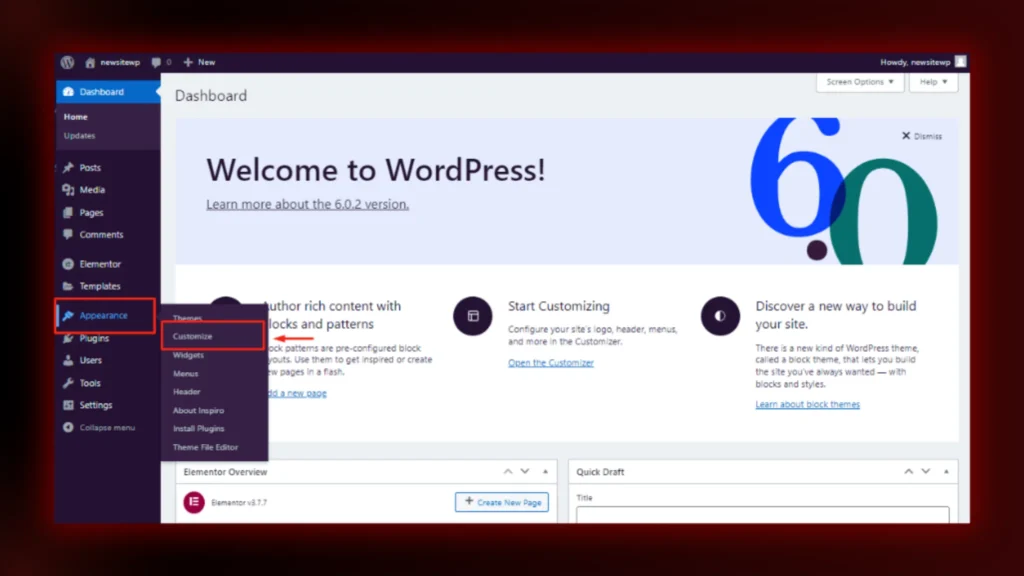
Many businesses use CMS platforms like WordPress or Joomla because they make managing websites super easy. Learning how these systems work can be really beneficial since they’re widely used in the industry. If you’re feeling adventurous, explore headless CMS options too—these separate the frontend from the backend for more flexibility!
Step 7: Don’t Forget About Web Security
As a developer, knowing about web security is crucial for protecting your applications from vulnerabilities. Familiarize yourself with common security practices such as:
– Input validation
– Secure authentication methods
– HTTPS implementation
Resources like OWASP (Open Web Application Security Project) offer valuable insights into keeping your web applications safe.
Step 8: Join Developer Communities
You don’t have to go through this journey alone! Engaging with other learners and experienced developers can make your learning experience so much richer. Join forums like Stack Overflow or Reddit’s r/webdev community where you can ask questions, share knowledge, and connect with others in the field.
Step 9: Keep Learning and Building
Web development is always changing; that’s part of what makes it so exciting! To stay ahead of the curve, keep learning. Follow blogs, subscribe to newsletters, and take advanced courses on platforms like Coursera or Udemy as you progress.
Here are some additional resources worth checking out:
– [W3Schools]: Great for quick references and tutorials.
– [The Odin Project]: Offers a full-stack curriculum that’s completely free.
-[Codecademy]: Provides interactive courses covering various programming languages.
Tips for Staying Motivated
Learning web development can be tough at times! Here are some tips to keep your motivation high:
- Set clear goals: Break down your learning into manageable chunks with specific targets.
- Celebrate small wins: Acknowledge your progress by celebrating completed projects or milestones.
- Find a study buddy: Learning with someone else can make the process more enjoyable and keep you accountable.
- Keep a journal: Documenting your learning journey can provide insights into your progress and areas needing improvement.
Checkout few best web development practices
Final Thoughts
So there you have it! Learning how to develop websites is an exciting adventure that combines creativity with technical skills. By following these steps – from mastering HTML/CSS/JavaScript to diving into backend technologies, you’ll be well on your way to becoming a proficient web developer.
Remember that practice makes perfect; keep building projects and engaging with communities to enhance your skills continuously. With dedication and persistence, you’ll soon find yourself conquering the world of web development confidently. If you have any sort of confusion regarding this, Discuss freely with BrandClickX.
Contact us for more info!
FAQs
How to learn web development without a degree?
A degree is not required to learn web development. Self-learning through online courses, coding bootcamps, and open-source projects can help you gain the necessary skills.
How to learn web development with no prior coding experience?
If you have no coding experience, start with beginner-friendly platforms like Codecademy or freeCodeCamp. Learn one concept at a time and practice through coding exercises
How to learn web development while working full-time?
If you have a full-time job, allocate a few hours each day or on weekends to learn web development. Online courses and flexible schedules can help you balance learning with work.



